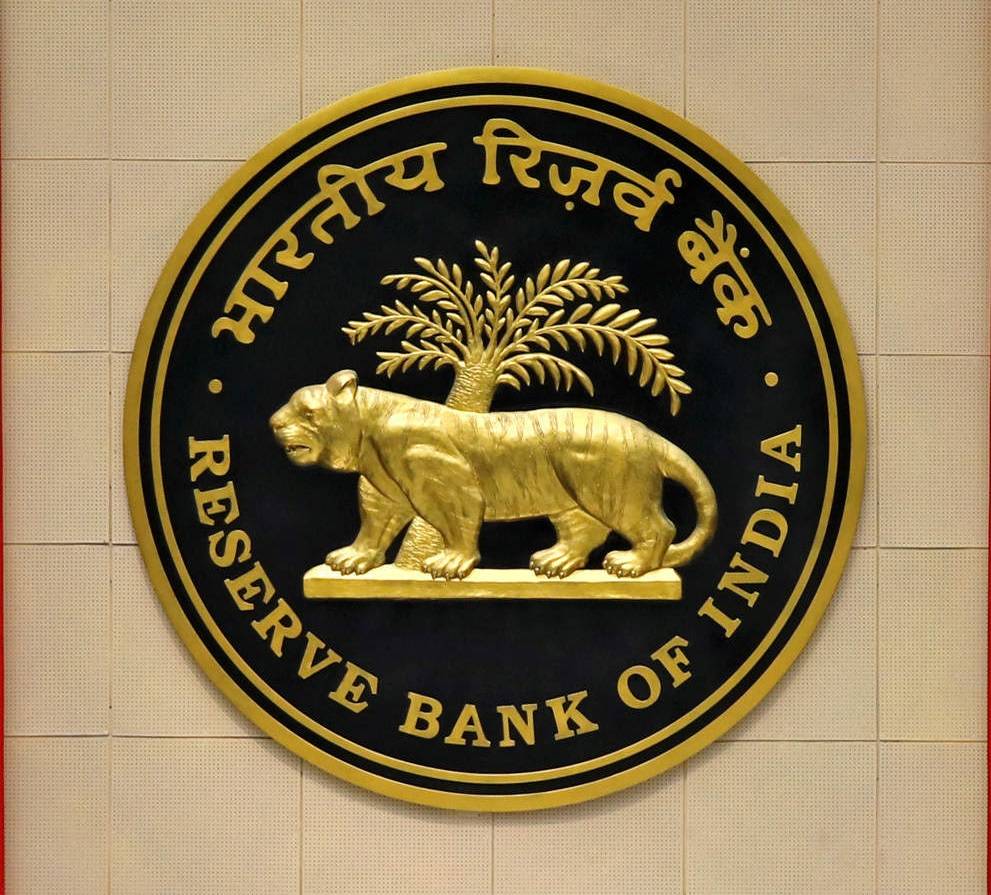Mention the positive factors in monetary policy of RBI in promoting the financial services of the country
The Reserve Bank of India (RBI) is pivotal in shaping the nation’s monetary policy to foster economic growth and promote financial services.
Several beneficial aspects of the RBI’s monetary policy contribute to the advancement and encouragement of financial services in India, including:
- Price Stability: The RBI’s primary objective is to sustain price stability by managing inflation. This commitment to low and steady inflation rates creates an environment of economic predictability, which, in turn, fosters investments in financial services. Investors gain greater confidence in the purchasing power of their money.
- Interest Rate Management: Through controlling interest rates, the RBI influences the costs associated with borrowing and lending within the economy. Skillful management of interest rates makes it more economically viable for businesses and consumers to access financial services, such as loans and mortgages.
- Monetary Policy Transmission: The RBI actively enhances the efficiency of monetary policy transmission. This policy ensures that modifications in policy rates are effectively relayed to commercial banks and, ultimately, to consumers. The outcome is a more competitive landscape with better access to financial services for the public.
- Financial Inclusion: The RBI has initiated measures to bolster financial inclusion by encouraging banks to extend their services to underserved and unbanked areas. This broadening of financial service availability benefits a more extensive demographic, thereby reducing inequalities in access.
- Regulatory Framework: The RBI has established and enforced a robust regulatory framework for financial institutions. This framework ensures the reliability and soundness of the financial system, which, in turn, fosters trust among consumers and investors, thus stimulating the growth of financial services.
- Digital Payments and Innovations: The RBI has been an advocate of digital payment innovations, including initiatives like the Unified Payments Interface (UPI) and mobile wallets. These innovations have not only increased the accessibility of financial services but have also made them more convenient for the general public, thereby contributing to the growth of digital financial services.
- Banking Reforms: The RBI has introduced a range of banking reforms and guidelines to stimulate healthy competition among banks. These measures have led to the developing of a broader spectrum of financial products and services, ultimately benefiting consumers.
- Exchange Rate Management: Through effective management of exchange rates, the RBI contributes to stabilizing the external sector and supporting foreign trade and investment. A stable exchange rate environment encourages foreign investment in the financial industry and related services.
- Financial Stability: The RBI is dedicated to maintaining financial stability by monitoring and addressing risks within the financial system. This stability is pivotal for instilling confidence among consumers and investors, further supporting the growth of financial services.
- Regulatory Flexibility: The RBI has demonstrated adaptability in regulatory approaches, allowing for innovation and introducing new financial products and services while upholding wise oversight.
These kind of elements within the RBI’s monetary policy drive the advancement and encouragement of financial services in India.
They establish the foundation for a stable, competitive, and inclusive financial ecosystem, instrumental in fostering economic growth and financial well-being for businesses and individuals nationwide.
You may read the this article which is about From Deals to Dollars: How Merchant Bankers Drive Corporate Growth.
